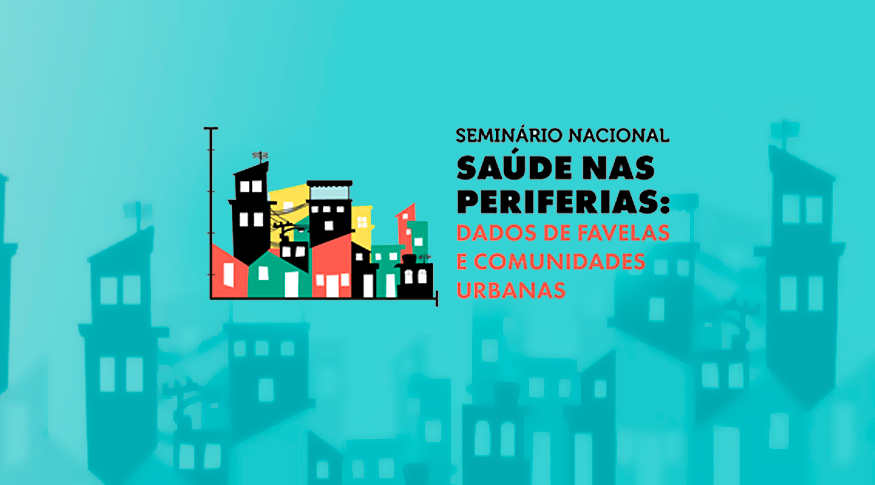PNAD Contínua Mensal
Unemployment rate drops to 6.6% and employed population hits new record
September 27, 2024 09h00 AM | Last Updated: September 28, 2024 02h28 PM

The unemployment rate fell to 6.6% in the quarter from June to August 2024, down 0.5 percentage points (pp) compared to the quarter from March to May 2024 (7.1%) and down 1.2 pp compared to the same moving quarter in 2023 (7.8%). This was the lowest rate for a quarter ended in August in the time series of the Continuous National Household Sample Survey (PNAD) of the IBGE, which began in 2012.
The unemployed population fell to 7.3 million, the lowest number of persons looking for work since the quarter ended in January 2015. This contingent showed significant reductions in both comparisons: in the quarter, the unemployed population decreased by -6.5%, which means 502 thousand fewer persons looking for work. Compared to the same three-month period in 2023, the reduction was more intense, -13.4%, or 1.1 million fewer persons looking for work.
The total number of workers in Brazil hit a new record, reaching 102.5 million. In the quarterly comparison, the country's employed population grew by 1.2%, adding 1.2 million more workers. Compared to the same three-month period last year, this contingent grew by 2.9%, equivalent to 2.9 million more persons.
According to IBGE's household survey coordinator, Adriana Beringuy, "the low unemployment reflects the expansion in demand for workers in various economic activities, bringing the unemployment rate to values close to that of 2013, when this indicator was at its lowest level."
The number of employees in the private sector reached 52.9 million, the largest contingent in the series. In one quarter, employment in the sector grew by 1.7%, which is equivalent to 882 thousand more jobs. In the annual comparison, the increase was 4.9%, or 2.5 million more workers in the sector. Once again, the private sector had record numbers of employees with formal employment contracts (38.6 million) and in the number of those without formal employment contracts (13.2 million).
In the quarter, Trade was the activity group that boosted employment, with an increase of 1.9% in the quarter, or 368 thousand more new workers for the country's employed population. The sector has its largest contingent in the time series of the Continuous PNAD: 19.5 million workers. The other activity groups did not have significant changes in the quarterly comparison.
Public sector employees reached a record 12.8 million, with increases of 1.8% (221 thousand more persons) in the quarter and 4.3% (523 thousand more persons) in the year. This increase has been driven by the group of civil servants without formal employment contracts, which grew 4.5% in the quarter and 6.6% in the year, while the group of military personnel and civil servants, who need to pass public examinations, remained stable in both comparisons. “Although it is not the largest contingent, the group of civil servants without formal employment contracts in the public sector is the one that has contributed the most to the expansion of the total number of employees in this segment. These workers are neither civil servants nor are they considered workers with formal employment contracts, according to the CLT. They are more prevalent in elementary education, which is provided by city governments in municipal schools. These are temporary contracts, often governed by specific legislation”, explains Adriana.
Earnings remain stable in the quarter and grows 5.1% in the year
In the quarter ended in August, the average real earnings of employed persons was R$3,228, without showing any statistically significant change compared to the previous moving quarter and with an increase of 5.1% compared to the same moving quarter in 2023.
The total wage bill, which is the sum of the compensation of all workers, reached R$326.2 billion, showing increases of 1.7% in the quarter and 8.3% in the annual comparison.
More about the survey
Continuous PNAD is the main survey on the country's workforce. Its sample covers 211 thousand households, spread across 3,500 municipalities, which are visited every quarter. Around two thousand interviewers work on the survey, integrated into the collection network of more than 500 IBGE agencies.
Due to the Covid-19 pandemic, IBGE the implemented the collection of survey information by telephone starting on March 17, 2020. In July 2021, in-person collection resumed. It is possible to confirm the identity of the interviewer on the website Respondendo ao IBGE or by the Call Center (0800 721 8181), checking the interviewer's registration number, ID number or CPF, data that can be requested by the informant.
You can consult PNAD data on Sidra. The next release of the Monthly Continuous PNAD, for the quarter ended in September, will be on October 31.




















